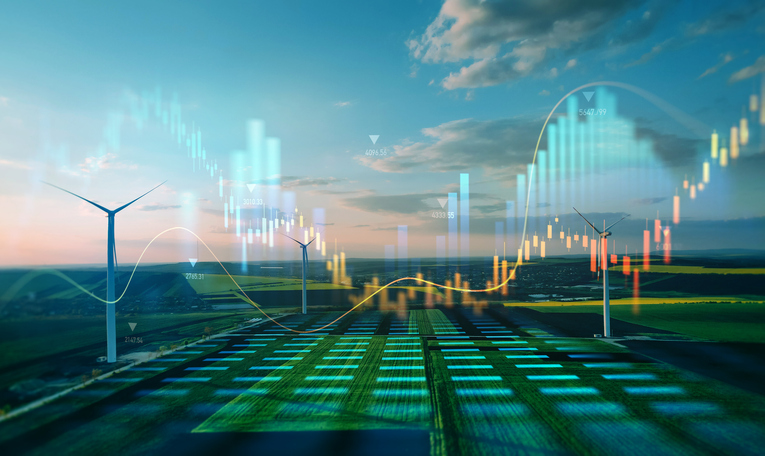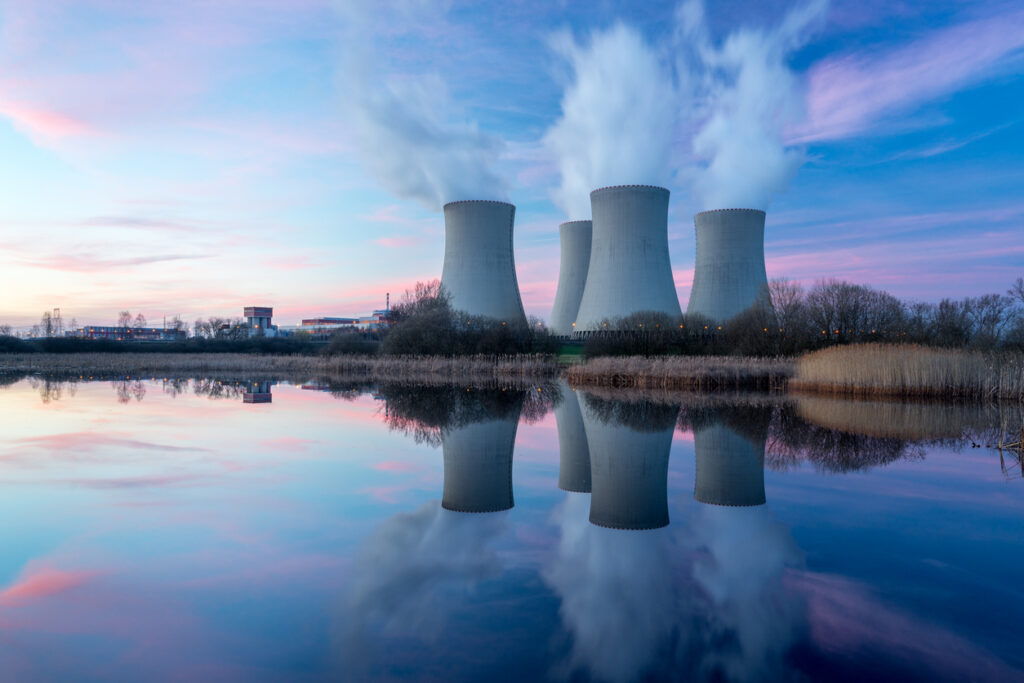The future is renewable, but today’s grid is holding it back. With every passing year, clean energy generation grows faster, yet key obstacles — grid congestion, curtailment, and mismatched supply and demand — threaten to throttle its full potential. But what if the answer isn’t just about building more power lines or batteries? What if computing could lead the way?
Consider this: the National Renewable Energy Laboratory (NREL) reports that the U.S. could produce an astounding 429,000 terawatt-hours (TWh) annually from solar energy and 41,000 TWh from wind. That’s enough clean power to fuel an entirely new era of economic growth while tackling the climate crisis. But right now, much of this energy remains untapped. Why? Our grid wasn’t built to handle the scale or variability of modern renewables.
In 2021 alone, grid operators curtailed 14.9 TWh of clean energy — that’s enough power to light up a million homes. Without intervention, curtailment rates could spike from today’s manageable 5-8% to a staggering 60%, limiting our clean energy ambitions.
But there’s a solution. It’s called renewable computing, and it could redefine the future of energy.
Flexible Computing: A Catalyst for Clean Energy
What if computing centers — those humming data hubs powering AI, simulations, and scientific research — could work hand-in-hand with solar and wind farms? Instead of being passive power users, they could actively respond to the rhythms of clean energy generation. This concept offers four critical advantages that unlock the grid’s potential:
- Reducing Energy Waste
Renewable computing centers adjust their power consumption to match the ebb and flow of renewable generation. When the sun is shining or the wind is strong, they ramp up and absorb surplus energy. When generation dips, they scale back. The result? Less energy wasted and more renewable power put to productive use. - Bypassing Grid Bottlenecks
Building new transmission lines is expensive — about $1 million per mile — and can take up to a decade. But computing infrastructure deployed directly at renewable sites eliminates the need for many new lines. Some of these facilities can be up and running within six months, creating a faster, more efficient solution to grid congestion. - Accelerating Renewable Development
Renewable operators face an ongoing challenge: How do you fund new projects when energy sales are often inconsistent? Renewable computing centers provide a stable revenue stream by purchasing excess power directly from the source. Unlike battery storage, which can lose 23% of its stored energy and degrades by 2% annually, computing centers offer predictable, scalable demand. - Enhancing Grid Stability
Today’s computing centers are smarter than ever, leveraging AI and advanced algorithms to optimize energy use and interact dynamically with the grid. They aren’t just consuming power; they’re actively balancing supply and demand, preventing blackouts, and improving overall system reliability.
Computing as a Clean Energy Accelerator
Renewable computing is more than a short-term fix; it’s a long-term catalyst. By transforming excess renewable energy into computational power, these centers enable renewable plants to operate closer to their full capacity. No more wasted energy. No more stalled projects due to grid constraints.
Think of them as the perfect partner for renewables: when the grid can’t take on additional power, computing centers step in and use it productively, powering critical workloads like climate modeling, drug discovery, and AI innovation.
Building Tomorrow’s Energy System
The technical potential for renewable energy is already within reach, as NREL’s assessments show. The challenge lies in making this potential real. Renewable computing infrastructure provides the missing piece, delivering the agility and scalability the grid needs to accommodate the clean energy boom.
Imagine a future where solar farms, wind turbines, and computing centers operate in harmony. Clean energy flows freely, driving high-impact computational workloads while displacing fossil fuels. The result? A self-reinforcing system that accelerates renewable growth and powers America’s transition to a sustainable future.
This isn’t just about energy. It’s about building a cleaner, smarter, and more resilient world where innovation turns possibility into progress.
Let’s make that future happen.




